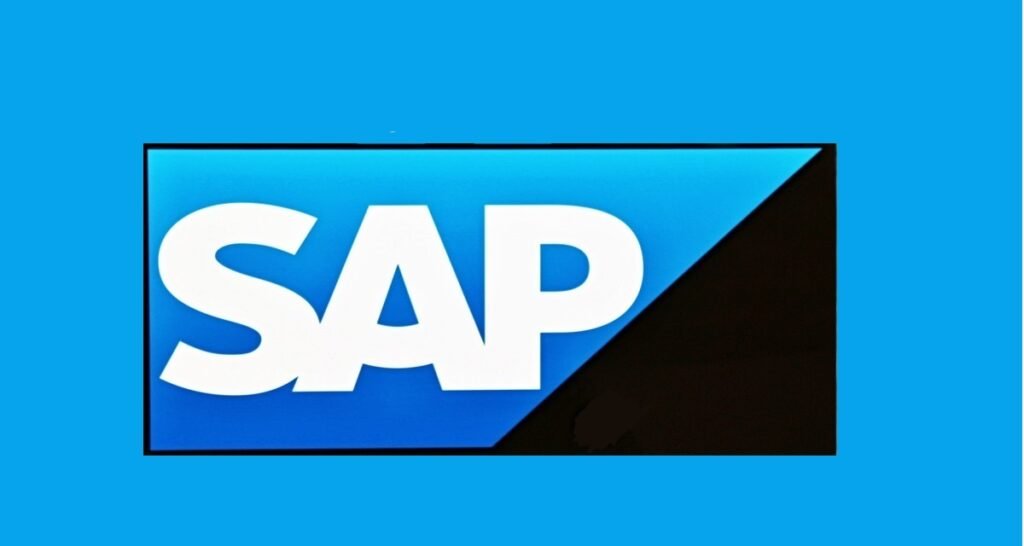
This blog post will teach you how to troubleshoot and fix slow import queue refresh times in SAP. We cover a variety of common causes and solutions for this issue, so be sure to read the entire post to find the solution that works for you.
Symptom
- You are using the Transport Management System (transaction code STMS).
- When you click on the Refresh button in a system’s import queue, it takes a long time to finish refreshing.
- In some cases, you observe the messages below displayed in the status bar:
- Sending import queue
<SID> (block n From n+n) <SID>:Copying import queue <SID>...- Checking components of the requests
- Sending import queue
Environment
SAP NetWeaver release independent.
Reproducing the Issue
- Go to transaction STMS -> Overview -> Imports
- Click the Refresh (F5) button
Cause
- The size of import buffer file is large.
- You have at least two systems using their own file systems (DIR_TRANS) and as a result use their own transport groups. For example:
System ABC and system XYZ each have their own transport group (GROUP_ABC and GROUP_XYZ respectively) . If you then do a refresh of the import queue in XYZ and there are a lot of transport requests in the shadow buffer XYZ of system ABC and performance may be slow due to messages like: Sending import queue XYZ (block n From n+n).
The message “Sending import queue” occurs when you have different transport groups defined and therefore different transport directories. In such scenario, the buffer file cannot be accessed directly at file system level but has to be sent by RFC. This slows performance. When you transport between different groups, the buffer entry is not only added to the import buffer in the target system group, but in addition it is kept in the so called ‘shadowbuffer‘ in the source system group until the transfer of data/cofiles is complete.
You might see some commands like the ones below in ULOG:
RFC: tp TRANSMITBUFFER XYZ
RFC: tp SETTRANSFERRED SOME XYZ - The component version is being checked.
Resolution
- You can go to AL11->\buffer to check the size of buffer file. The buffer file is named with. Normally, if the buffer file is over 1MB, the performance of refreshing the import queue will be slow. Usually, if there are many requests with “Imported” status, you should use the “
tp cleanbuffer” command to clean the buffer file. There are three ways to trigger the tp cleanbuffer command:
- Use “import all” to import all requests in the queue. You need to check if all the requests can be imported before you do so. The “
tp cleanbuffer” command will be automatically triggered after you run “tp import all” once. However, the “import all” button is only available when you use “mass transports” as your transport strategy.
NOTE: Some of you might use “mass transports” as your transport strategy, but you never did “Import All” during transport, then your buffer file will become bigger and bigger. This usually happens on production system. If you only want to use single import during transport, you can change the transport strategy from “Mass Transports” to “Single Transport” in the transport route setting. - Delete imported requests from the TMS import queue. Go to the TMS import queue and select “Extras -> Delete Imported Requests” and confirm the confirmation prompt. See also SAP Note 565574.
- Run the command below manually to clean the buffer file:
tp cleanbuffer <SID> pf=<DIR_TRANS>\bin\<TP PROFILE>
- Use “import all” to import all requests in the queue. You need to check if all the requests can be imported before you do so. The “
- If the buffer file size is not large (over 1 MB), you should check to see if any of the following apply:
- Check if you find any lock files (for example: *.loc, *.lob) in <DIR_TRANS>\tmp directory. Remove any that you find.
- Check if there are many requests with the status “Data file must still be transferred”. Click the “Adjust Import Queue” button in the import queue in the target system.
- The normal and standard STMS configuration is to share the same central transport directory across all the system landscape. You can consider changing to a common transport directory across the system landscapes.
- There may also be a mismatch between component versions. For more information on this, see SAP Note 1742547.